AMD Radeon HD 7770 and 7750 Video Card Reviews
AMD Introduces Cape Verde – 7700 Series
Last month AMD introduced the Radeon HD 7000 series (Southern Islands) of graphics cards. These new cards are based on the 28nm manufacturing process and use a new core architecture called Graphics Core Next (GCN). The first video cards that make up the Radeon HD 7000 series were made available in January 2012 with the introduction of both the Radeon HD 7970 and Radeon HD 7950. These two cards both use a GPU core, codenamed Tahiti, that has up to 2048 usable stream processors and 3GB of GDDR5 memory. We found this card to be the fastest single GPU solution available on the market today, but you need to be willing to pay for it because the AMD Radeon HD 7970 and Radeon HD 7950 cost $549.99 and $449.99, respectively. Those on a budget will find it hard to justify buying a graphics card at those prices and have been waiting on the more affordable mainstream cards to be made available.
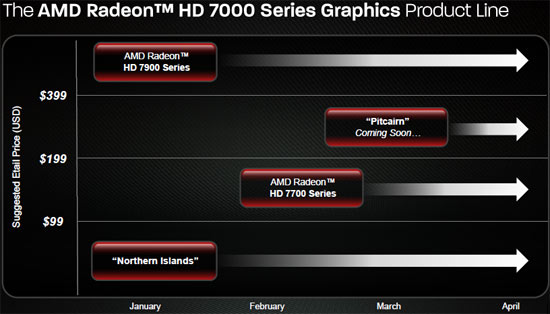
Many assumed that AMD would be doing a top-to-bottom launch for the AMD Radeon HD 7000 product line, but that is not the case. AMD decided to skip over Pitcairn, the Radeon HD 7800 series, and introduce Cape Verde along with the Radeon HD 7700 series. This is an interesting move, but introducing a product series for the $99 to $199 range is a good business move. The $99 to $199 price range has long been the sweet spot for gamers and these are the cards that move in large volumes. Making money in a competitive market often comes down to volumes, so you can see what is likely motivating AMD right now and why they skipped a series. It looks like for the sub-$99 price point AMD will be sticking with the Northern Islands series, so get ready for some re-branding when it comes to the Radeon HD 7600 series.
Today, AMD is introducing the AMD Radeon HD 7770 GHz Edition and the
AMD Radeon HD 7750. These cards are going to be the bread and butter
for the company and we have been told that the Radeon HD 7750 will be
available for as low as $109 and the Radeon HD 7770 GHz edition will start
at $159.
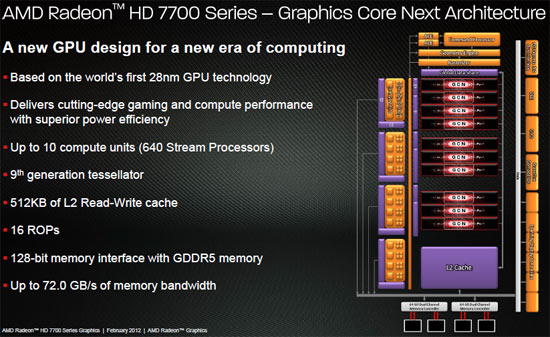
Both cards use the new ‘Cape Verde’ GPU core, which features 1.5 billion transistors made on the 28nm manufacturing processor by TSMC and a die size that is said to be ~123mm^2. Cape Verde features 10 Graphics Core Next Compute Units (CUs), 640 stream processors, 40 TMUs, 16 ROPs and a 12-bit wide GDDR5 memory interface in pristine form.
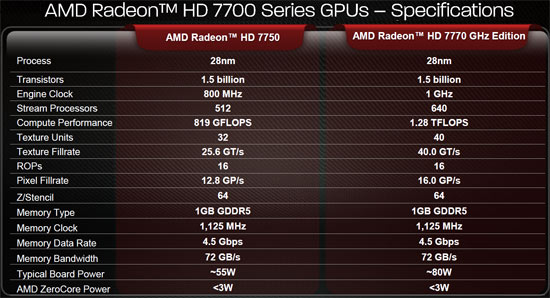
The AMD Radeon HD 7770 GHz Edition comes with the ‘Cape Verde’ core fully enabled; it has a
core clock speed of 1GHz and a memory clock of 1125MHz (4500MHz
effective). This puts the card at 1.28 TFLOPS when it comes to compute power 72 GB/s on memory bandwidth.
The AMD Radeon HD 7750 has only 8 of the Compute Units (CU) enabled, so it has just 512 stream processors, 32 texture units and 16 ROPs. AMD didn’t stop there though and lowered the core clock speed down to just 800MHz. AMD didn’t mess with the memory capacity, type or the bus width, so the memory bandwidth remains at 72 GB/s on the Radeon HD 7750. Both the AMD Radeon HD 7770 GHz Edition and the Radeon HD 7750 have 1024MB (1GB) of GDDR5 memory.
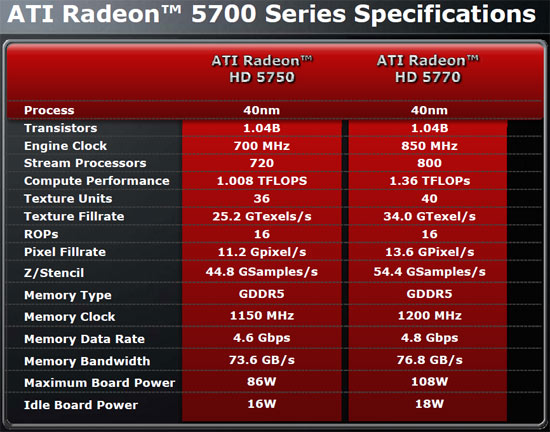
The specifications of the Cape Verde GPU look eerily familiar, so we went and looked back at the specifications for the AMD Radeon HD 5700 series with the Juniper core that came out back in October 2009. We were shocked to see many similarities. For example, the compute performance and memory bandwidth on the Radeon HD 5770 is better than the new Radeon HD 7700 GHz Edition. The number of texture units, ROPs, the memory capacity and type of memory on the Radeon HD 5770 is the same as the Radeon HD 7770.
That said, it is impressive that AMD is getting roughly the same performance on paper with 640 cores at 1GHz on the Radeon HD 7770 GHz edition compared to the 800 cores at 850MHz on the Radeon HD 5770. AMD is using 25% fewer cores and getting roughly the same compute performance. While the increased clock speed certainly helps, so does the Graphics Core Next architecture. Remember, the new architecture is much more efficient and has L2 cache for the very first time. Also you have to keep in mind that the die size of the Radeon HD 5770 (40nm) was 170mm^2 and it had 1.04 billion transistors. The new Radeon HD 7770 (28nm) is just 123mm^2 and has 1.5 billion transistors.
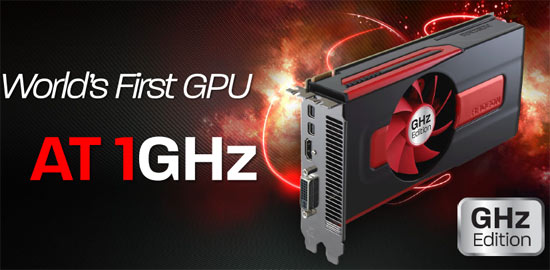
AMD has put a ton of emphasis on the fact that this card comes clocked at 1GHz. The company will be heavily promoting this on the Radeon HD 7700 GHz edition card and you’ll see the new ‘GHz Edition’ label on all Radeon HD 7770 cards. This is because all AMD Radeon HD 7770 video cards will have a core clock of at least 1GHz. That is great, but we all know that there is more to a graphics card than frequencies and we don’t need or want another frequency race. While this is the first GPU series by both AMD and NVIDIA to come out at 1GHz it should be noted that we have reviewed other cards in the past that came clocked at more than 1GHz. For example, the ASUS GeForce GTX 550 Ti Ultimate shipped with a core clock of 1015MHz and was available back in March 2011. We’ll be including that card in the review today to see how it performs against another card in the 1GHz and beyond club!
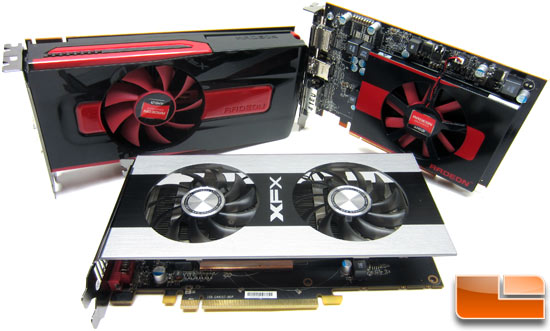
We have both the AMD Radeon HD 7770 GHz Edition and Radeon HD 7750 reference edition cards and a retail XFX Radeon HD 7770 card that we’ll be reviewing today. The XFX branded card is a Radeon HD 7770 Black Edition S Double Dissipation version, which is their top of the line card. It comes with a core clock of 1125MHz and a memory clock of 1300MHz, so we can’t wait to see how this card and the reference cards perform! We put these cards to the test on seven game titles and 3DMark11, so read on to see how they do after we cover each card closer.

Comments are closed.